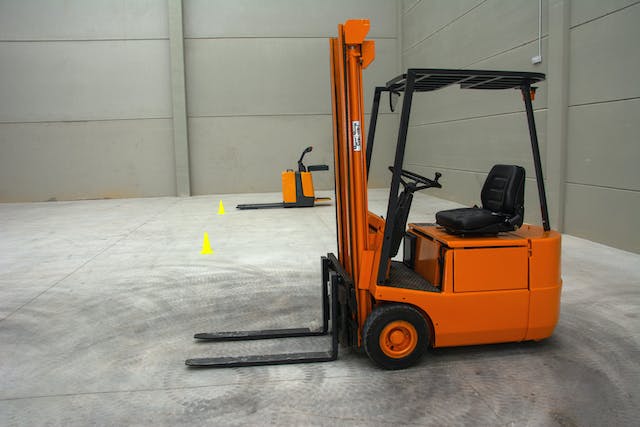Operating forklifts in cold storage facilities introduces unique challenges that can significantly impact the efficiency and success of material handling operations. The complexity further escalates when forklifts are used in varying temperature environments within the same operation, whether it’s for storage or active use. To optimize facility design and ensure the selection of suitable forklifts for specific workplace applications, consulting with an industry expert familiar with both the general field and the specifics of your operation can be invaluable. They can help identify and address gaps, enhance safety, and boost operational efficiencies.
Tackling Condensation: A Key Challenge in Cold Storage
One of the primary issues faced by operators of cold room forklifts is managing condensation. This becomes a critical concern when moving between warm and cold temperatures, as condensation can lead to freezing when the forklift re-enters colder areas. Such freezing can cause operational inefficiencies and downtime, resulting in significant throughput losses.
Best Practices for Storing Cold Room Forklifts
Proper storage of forklifts plays a pivotal role in maintaining operational efficiency. Continuous exposure to freezing temperatures can lead to part breakages and battery inefficiencies. Ideally, cold room forklifts should be stored in a dry area with temperatures just above freezing, minimizing the risk of condensation.
However, when this isn’t feasible, it’s crucial to allow the forklift sufficient time to adjust to warmer temperatures before re-entering the cold. This resting period enables any formed condensation to evaporate, preventing freezing. Incorporating fans in the storage area can expedite this process.
Forklift Use in Fluctuating Temperatures
Frequently, cold storage operations are interspersed with warmer areas. For instance, moving from a cold room to a refrigerated truck might necessitate passing through a warmer docking area. In such cases, some degree of condensation is inevitable.
If the budget allows, maintaining multiple forklifts designated for specific temperature zones can mitigate wear from temperature changes. This approach may require additional handling to transfer products between equipment at cold storage entry points, but it can enhance the operational efficiency of the forklifts. A thorough site analysis is necessary to evaluate the feasibility of this solution.
If using multiple forklifts isn’t viable, optimizing facility design to minimize temperature variation exposure and refining operational sequences can be effective alternatives. Limiting the frequency of environment changes for a single forklift reduces the chances of condensation.
Selecting the Appropriate Forklift for Cold Environments
In cold storage applications, electric forklifts are preferred. Choosing the right model can significantly influence operational efficiency and return on investment. Opt for forklifts with minimal moving parts and wires, as these design aspects reduce internal component heat generation, thereby decreasing the likelihood of condensation.
Conclusion
While condensation management is a crucial aspect of operating forklifts in cold environments, it’s just one of several challenges, with others including safety concerns in potentially slippery conditions. Understanding these unique challenges and implementing strategic solutions is key to maintaining the mechanical integrity and operational efficiency of forklifts in cold storage settings. (Source)




